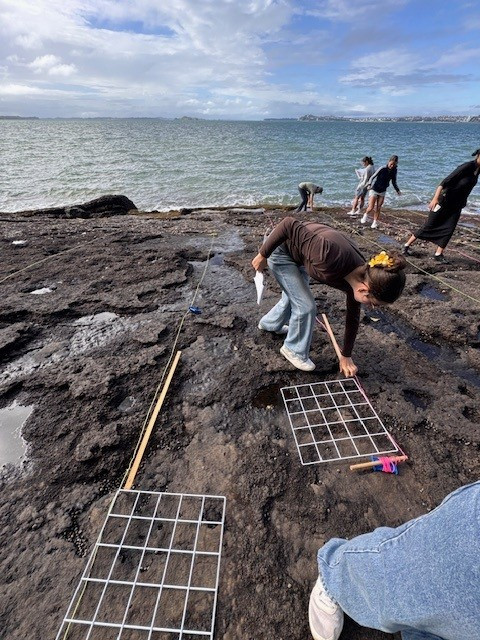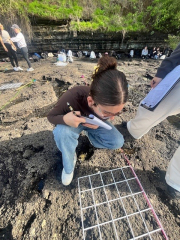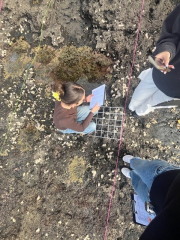As part of their Level 2 Biology curriculum, students recently carried out a practical investigation at the rocky shore of North Head, Devonport.
The fieldwork aimed to examine patterns of zonation by recording the number and distribution of intertidal organisms along a transect line stretching from the low tide mark to the high tide zone.
This hands-on field investigation allowed students to study the ecology of the foreshore, engaging with the natural environment rather than learning solely in the classroom. North Head's diverse rocky foreshore, with its many small invertebrates, provided the perfect setting for observing the adaptations and relationships of intertidal species to their habitat.
Using quadrats and line transects, students collected data on a range of species, including Neptune’s Necklace, Black Nerita, Cat’s Eye, oysters, barnacles, and periwinkles. These species exhibit clear zonation patterns, making them ideal for understanding how environmental factors influence species distribution.
By collecting real-world data, students gained practical skills in ecological sampling and a deeper appreciation of marine ecosystems. This experience not only supported their preparation for NCEA assessments but also reinforced the importance of preserving biodiversity in coastal environments.
The trip was both educational and enjoyable, giving students a meaningful opportunity to connect theory with practice.








